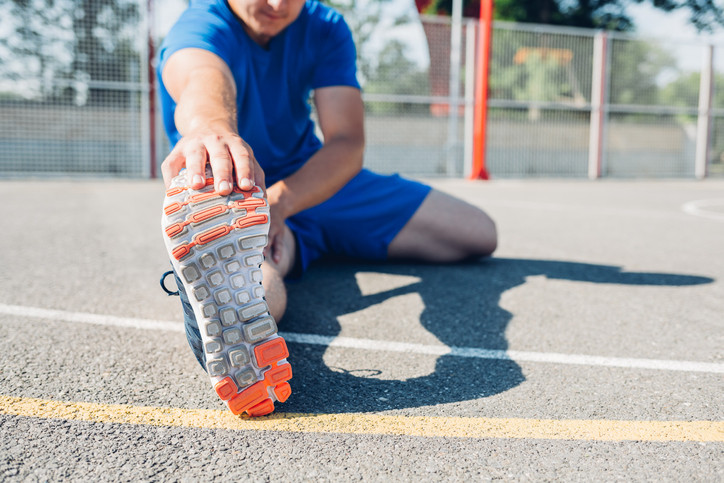Running News Daily
Running News Daily is edited by Bob Anderson. Send your news items to bob@mybestruns.com Advertising opportunities available. Train the Kenyan Way at KATA Kenya and Portugal owned and operated by Bob Anderson. Be sure to catch our movie A Long Run the movie KATA Running Camps and KATA Potato Farms - 31 now open in Kenya! https://kata.ke/
Index to Daily Posts · Sign Up For Updates · Run The World Feed
The best ways to prevent leg pain when running
While running is fantastic exercise, it's also a relatively high-impact activity. Pounding on the pavement can cause leg pain. Most often, leg pain or cramping is a result of muscle fatigue. Avoid the pain of muscle fatigue by strengthening your muscles so you can run further without strain. If you still have leg pain, you might need to adjust your exercise routine.
Spend longer warming up. If you commonly have leg pain when running, your muscles may not be sufficiently warm. Take a few more minutes to walk before breaking into a run, or include dynamic stretching in your warmup routine after a brief walk.

Dynamic stretches involve constantly moving your legs through their range of motion. These types of stretching can better loosen your leg muscles and prepare them for a run, which may help you avoid leg pain.
For example, you might incorporate lunges into your warmup routine. After walking for a few minutes, Do 10 to 20 lunges, alternating sides.

Evaluate your form. If you frequently have leg pain while running, poor running form may be the culprit. Get a coach or experienced runner to observe you running and give you tips on what might be causing your leg pain.
For example, if you're leaning too far forward when you run, you can pull too hard on your calves. This can result in calf pain or shin splints.
Slow your pace. If you're getting cramps or other leg pain while running, it may be because you need to build up your cardiovascular fitness more gradually. Start by walking or jogging at a slower pace, and slowly work up to faster speeds.
Watch your pace particularly if you're running up and down hills, which can place greater strain on your leg muscles.
If you regularly have leg pain, you might consider running in intervals. For example, instead of running for 30 minutes with five minutes of walking before and after to warm up and cool down, you might walk for five minutes, run for five minutes, then walk for another five minutes. Keep up that rotation until you've finished your run.
Shorten your stride. Particularly when running uphill, a longer stride will force your muscles to stretch further. If this causes strain it can lead to leg pain. A shorter stride allows you to avoid leg pain while you're working to strengthen and lengthen your leg muscles.
Decrease the distance or duration you run. Leg pain typically means that your muscles are fatigued or overworked. If you find that leg pain doesn't start until later in your run, it may be a sign that you need to shorten your runs until your legs are stronger.
For example, if you normally run for an hour, and find that your legs start hurting after 45 minutes, try decreasing your runs to 45 minutes for a few weeks. Build back up to an hour slowly, adding five minutes each week. Scale back if leg pain starts, and be patient.
Use relaxation techniques while running. Deep breathing and other relaxation techniques give you better mental focus. They also decrease the overall tension in your body, which can keep you from developing leg pain.
You can find recordings online or on your favorite music app that provide focused music and guided meditations for runners. These recordings can help you focus on your breath and reach a more relaxed state as you run.
by Shira Tsvi
Login to leave a comment




